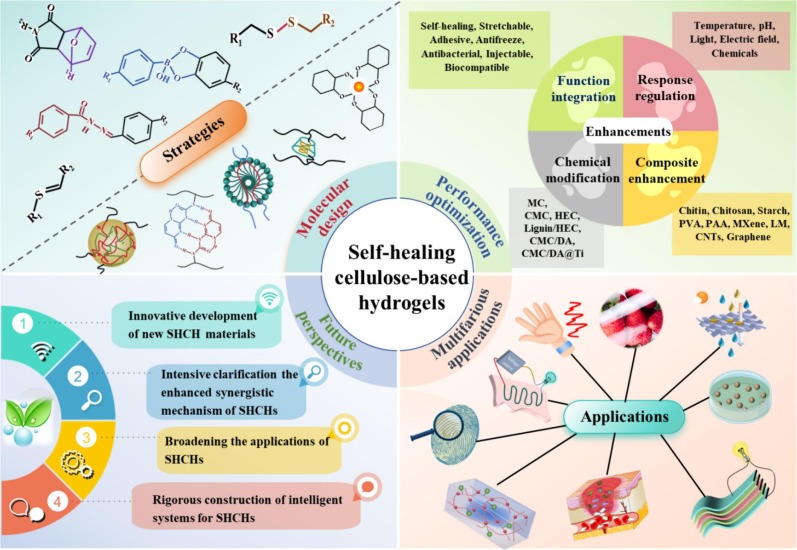
Strategic Atom Swaps: A Breakthrough in Selective Functionalisation of Pyrazoles
A novel advancement in synthetic organic chemistry has tackled a long-standing obstacle in the targeted modification of pyrazoles, a crucial class of heterocycles that find extensive application in pharmaceuticals and agrochemicals. This strategy revolves around a sulfur–nitrogen (S–N) atom exchange, skillfully bypassing conventional reactivity challenges to address what medicinal chemists frequently refer to as the “pyrazole alkylation problem.” This innovation not only provides a pragmatic solution for regioselective functionalisation but also lays out a framework for employing skeletal editing beyond late-stage functionalisation—a conceptual advancement that could transform synthetic methodologies throughout the discipline.
The Pyrazole Problem in Medicinal Chemistry
Pyrazoles are five-membered rings characterized by two neighboring nitrogen atoms—structures that are central to numerous therapeutic and agrochemical compounds. In spite of their seemingly straightforward nature, functionalising pyrazoles at a specific nitrogen atom has historically been quite challenging. The root of this difficulty lies in the tautomeric relationship of the two nitrogen atoms in neutral pyrazoles: a single proton can “shift” between them, rendering both positions similarly nucleophilic and electronically indistinguishable. Consequently, attempts to functionalise pyrazoles often yield a combination of regioisomers that are troublesome to separate and purify.
“This ambident nucleophilicity of pyrazole nitrogens makes regioselective C–N bond formation incredibly challenging,” remarks Mark Levin, co-corresponding author of the new research and an organic chemist at the University of Chicago. “Even when beginning with an asymmetric NH-pyrazole, you cannot dictate which nitrogen becomes alkylated.”
Desymmetrisation through Atom Swap: The New Strategy
Instead of directly confronting the regioselectivity challenge with conventional C–N bond-forming reactions, Levin and collaborator Christopher Kelly from Johnson & Johnson suggested an innovative detour: a two-step methodology that merges desymmetrisation and functionalisation, facilitated by a formal sulfur–nitrogen atom exchange.
Their strategy initiates with an asymmetric isothiazole, a five-membered ring comprising both nitrogen and sulfur atoms. By exploiting this intrinsic asymmetry, they embarked on an atom-editing pathway that not only reorganizes the molecular framework but also introduces a chemical distinction between the two nitrogen atoms—something absent in the original pyrazole ring.
In the initial phase, a highly reactive electrophilic reagent is employed to aminate the isothiazole, selectively installing a nitrogen at a position determined by the asymmetry of the starting compound. The subsequent oxidation of the neighboring sulfur triggers a ring-expanding rearrangement into a stable six-membered 1,2,3-thiadiazine-S-oxide (TDSO) intermediate. This underexplored structure distinguishes the two nitrogen centers: the sulfur-adjacent nitrogen acts like a sulfonamide (more acidic), whereas the other resembles an imine (less reactive in basic conditions).
With this differentiation established, conventional alkylation reactions can specifically target the sulfonamide-like nitrogen. A thermally induced ring contraction then releases a sulfur monoxide fragment to produce the desired, regioselectively alkylated pyrazole.
Flexibility and Future Outlook
This approach not only ensures high regioselectivity, but it is also adaptable concerning the alkylation chemistry it permits. Reactions such as nucleophilic substitution (SN2), aromatic substitution (SNAr), and even Mitsunobu reactions may be utilized in the second functionalisation stage—thereby broadening the possibilities for substituent installations on the pyrazole ring.
Indrajeet Sharma, a synthetic chemist at the University of Oklahoma, commended the protocol’s ease of use and reliability: “The authors utilize well-known reagents and steer clear of intricate reaction conditions, which is a significant advantage for practical application.” However, he also warned that the range of acceptable substituents is currently confined to carbon-based alkyl groups capable of enduring the basic conditions of the alkylation step.
In a similar vein, Richmond Sarpong from the University of California, Berkeley, acknowledged the innovation yet stressed the necessity for future simplification. “It’s a multi-step process. For broader acceptance, particularly in high-throughput settings like medicinal chemistry laboratories, a one-pot variation employing a single solvent and reagent system would significantly enhance its utility,” he pointed out.
Skeletal Editing Reimagined
Perhaps the most significant aspect of this research is its philosophical reconsideration of skeletal editing—not solely as a mechanism for late-stage molecular adjustments, but as a potent strategy for tackling fundamental selectivity challenges at the very beginnings of molecule assembly.
“Until now, skeletal editing has mainly been associated with late-stage functionalisation,” affirms Levin. “Yet there are wider applications, including addressing core synthetic problems such as regioselectivity. This might be an underappreciated feature of